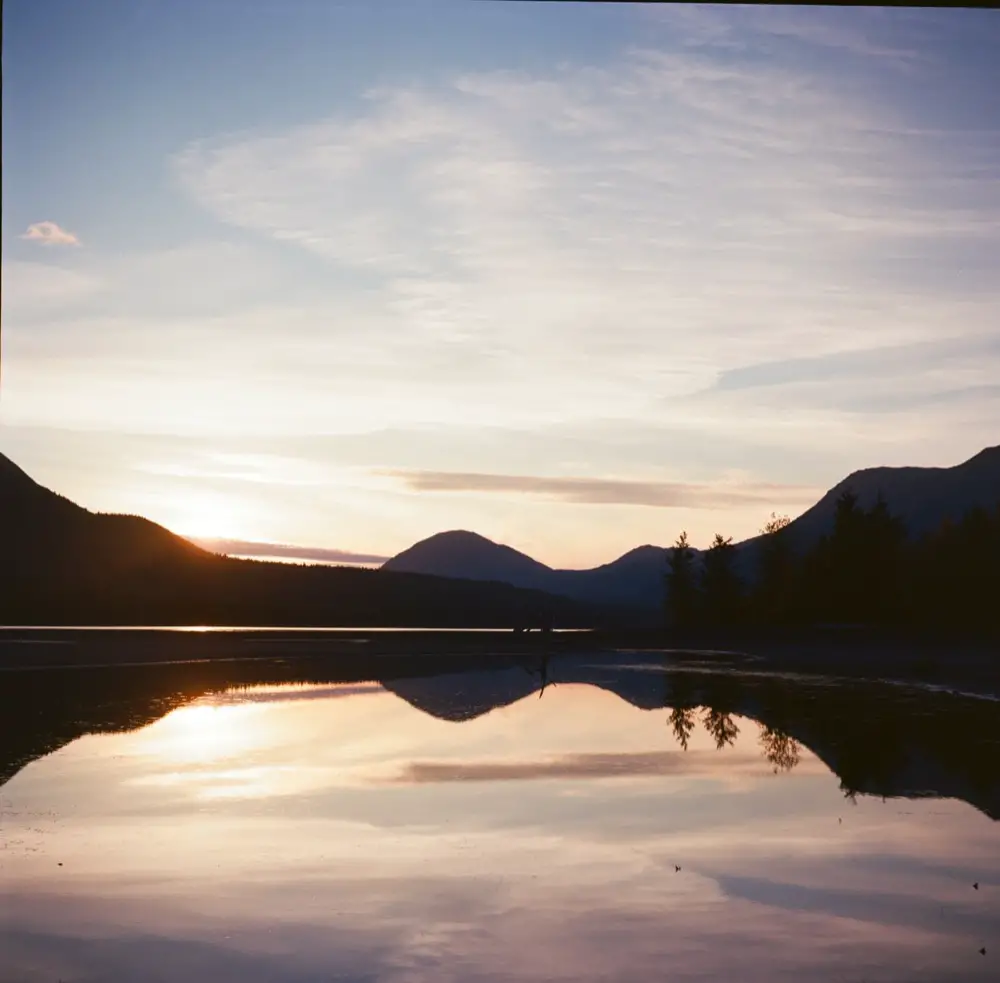
In the digital world we live in, many people ask "why film?". It's something I asked myself when I first started this great hobby just three years ago. Once I started shooting f...
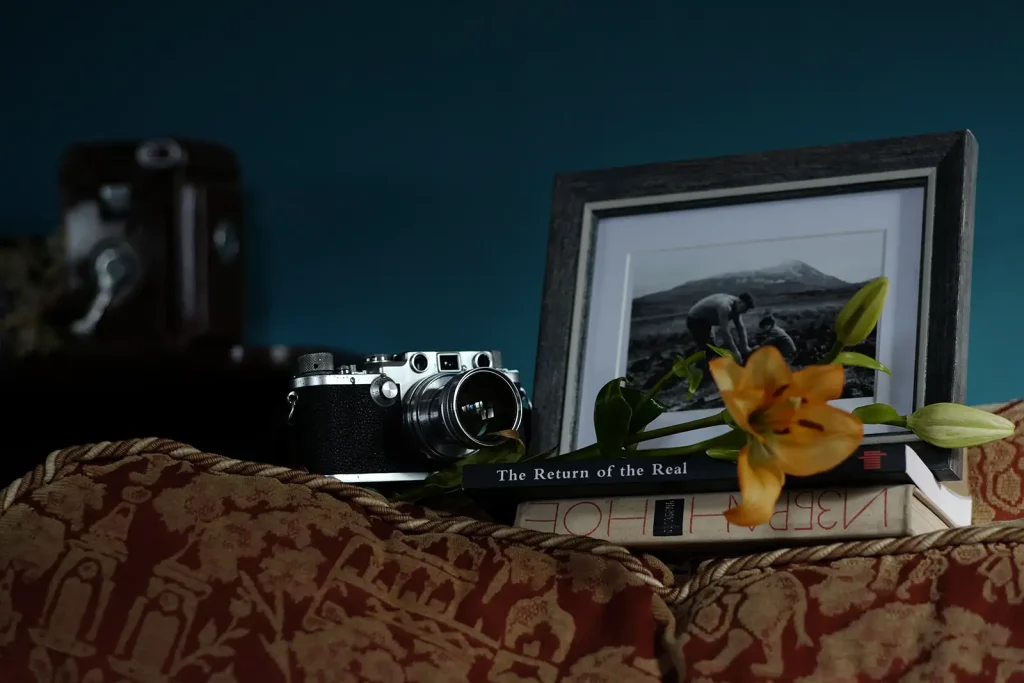
Last week I received a message from someone who happened upon my website. They had read that I shoot both digital and film, but could only find examples of digital photos. Where...
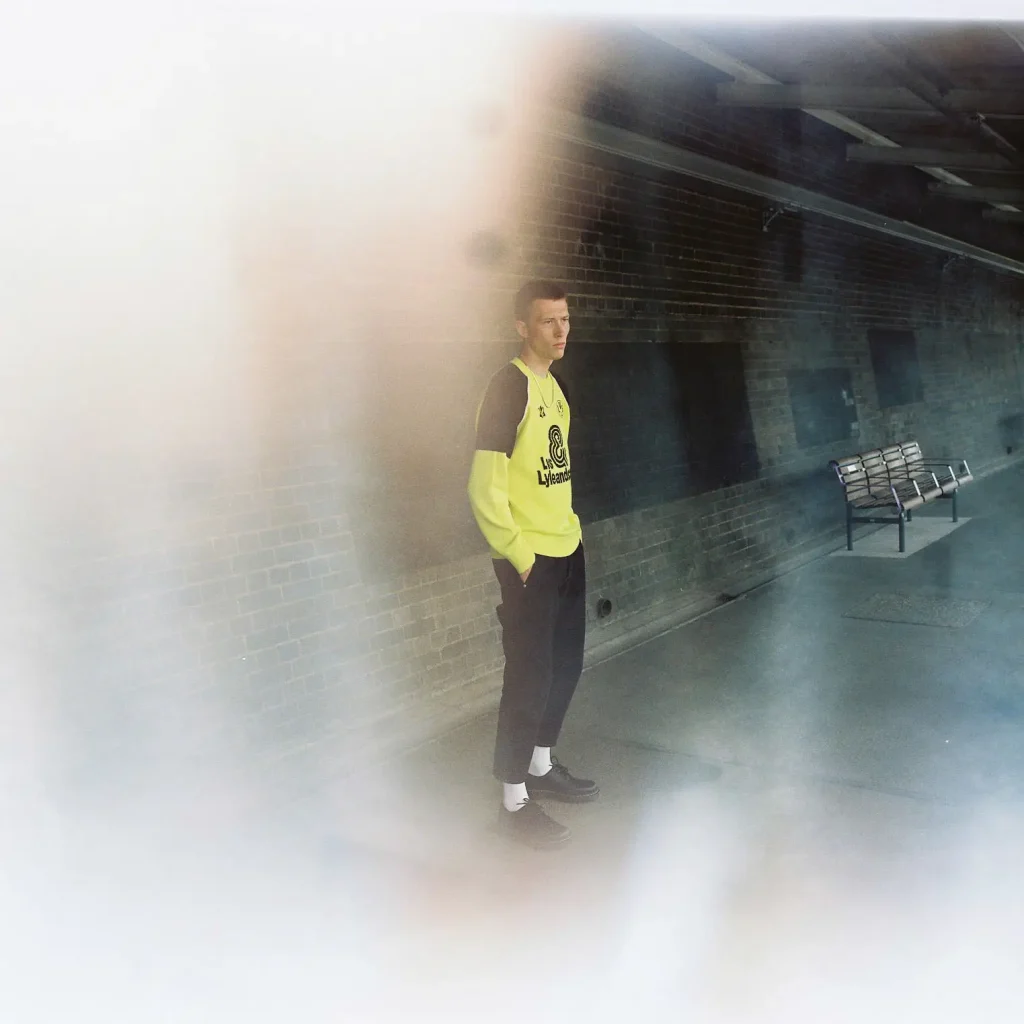
I’ve often struggled with the digital age, the chase for visual perfection. Always feeling behind the curve. Hounded constantly by camera brand marketing, ‘to be a great photogr...
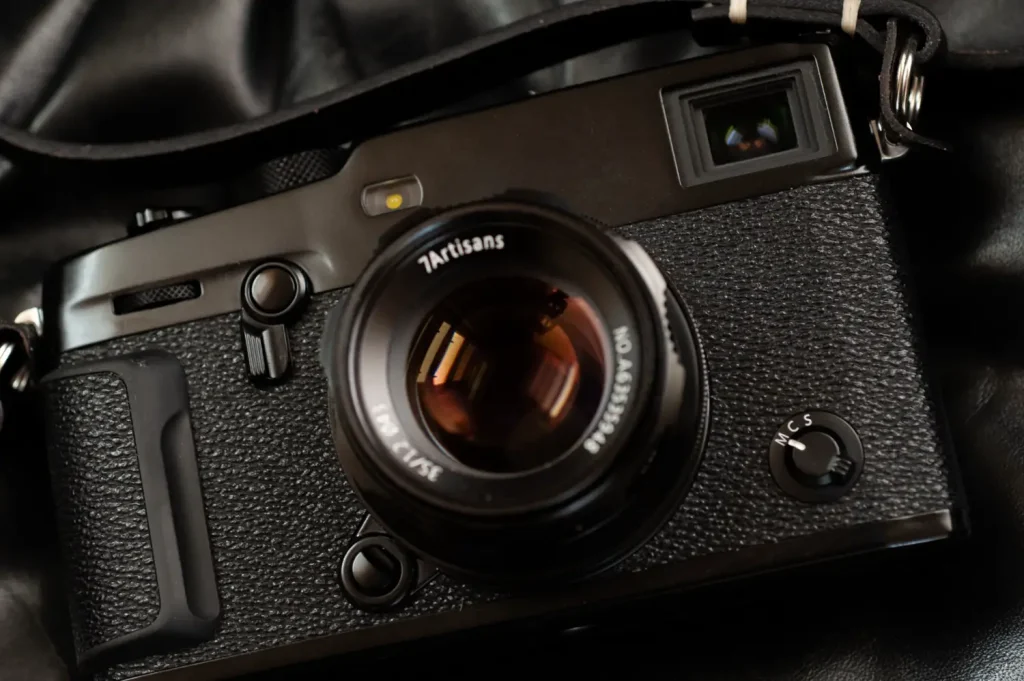
The X-Pro3 came at a good time for me. I’d returned from a six-week trip to Italy where the last two weeks were spent in Venice trying to make work for exhibitions. So I’d been ...
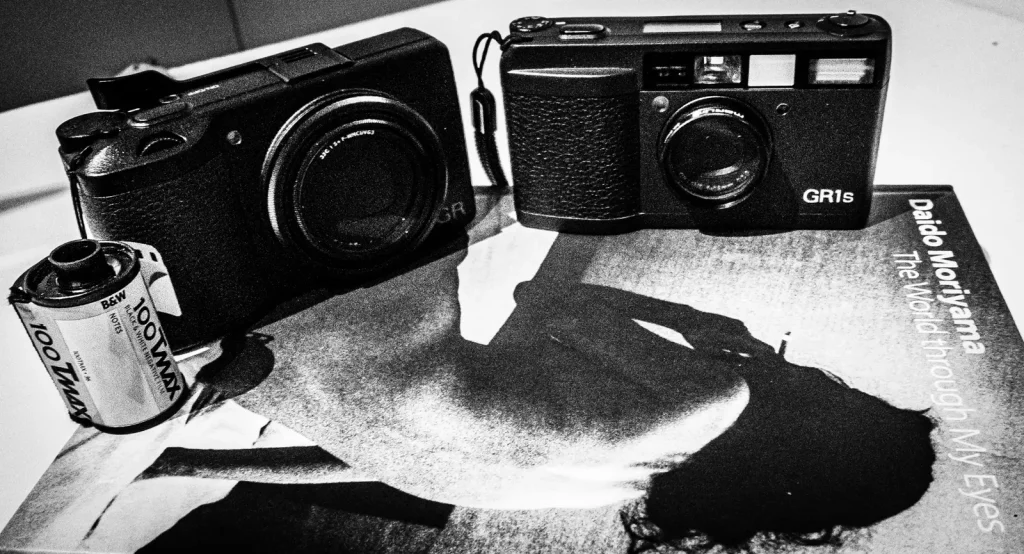
I am sure to get some grief about this piece given that my last article on the analog Ricoh GR1s ended with my resolution that I was not interested in buying a digital GR. Well,...
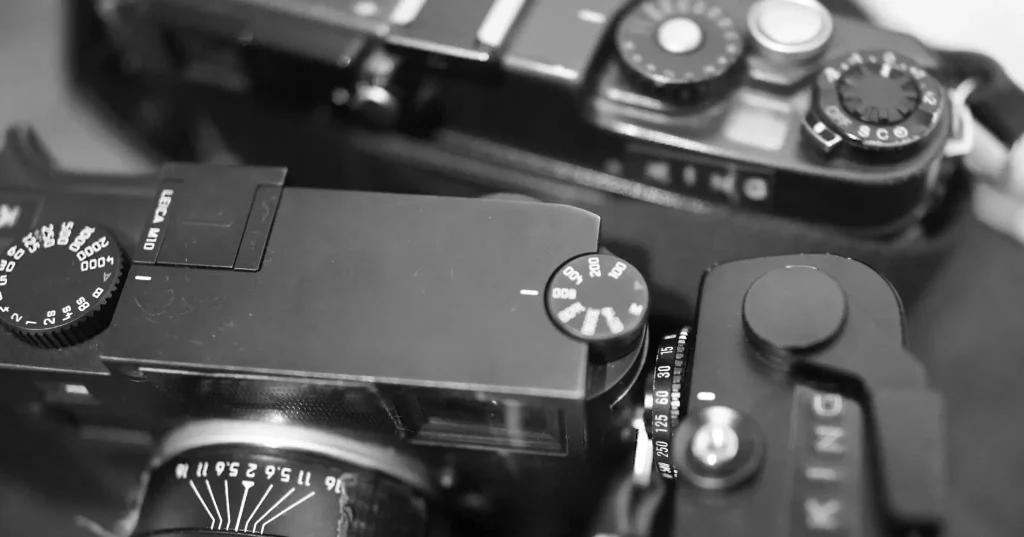
Shooting film for commissioned work is unfortunately becoming much rarer, despite the efforts of communities like this blog to keep the medium alive. For hobbyists and fine arti...
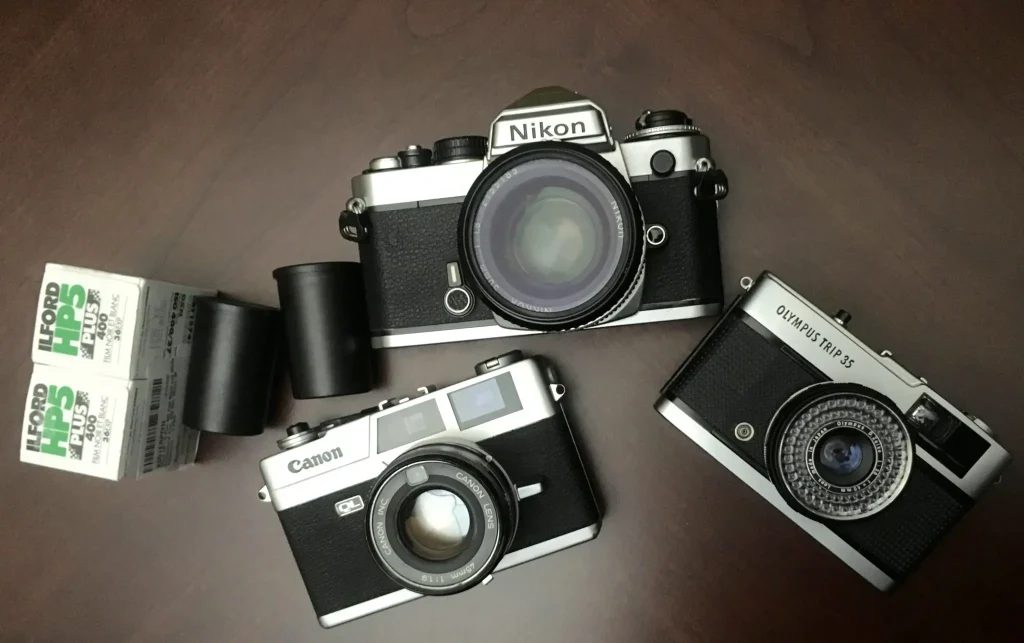
Every photographer has a story. Those who take up film photography have especially unique ones. We can all recall our “firsts”: first camera, first photo, first print. These “fi...
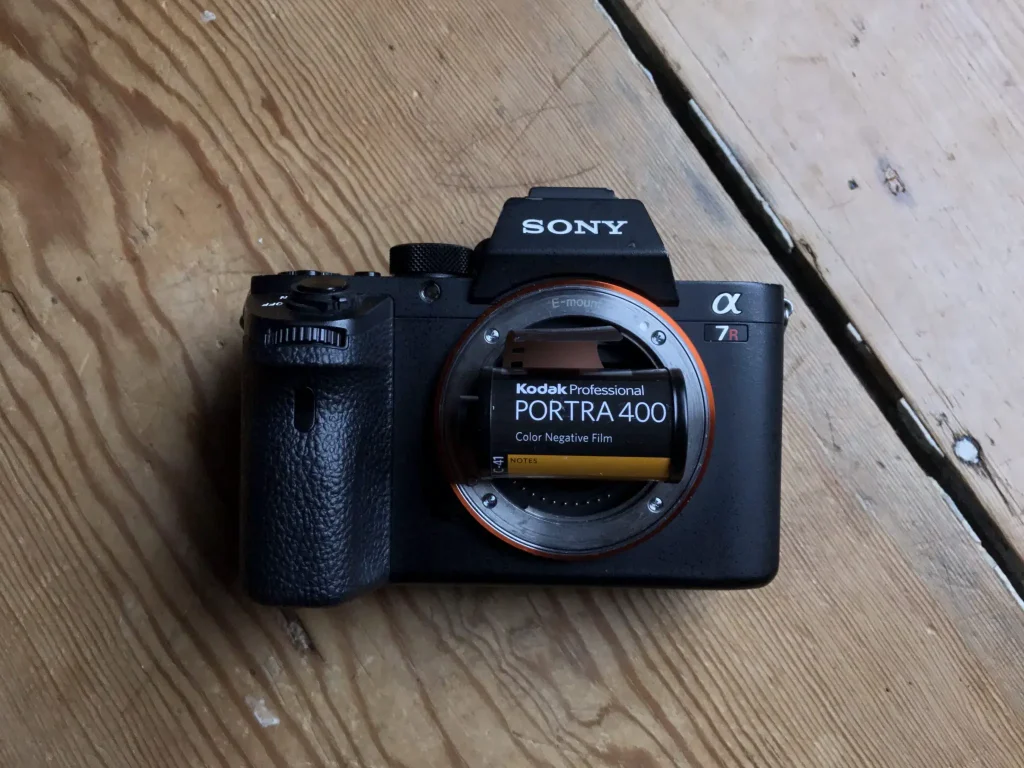
How dull! Another film vs. Digital argument! Actually, that’s not what this is. Instead, this is intended as an argument against the argument, because seriously, I’m...








